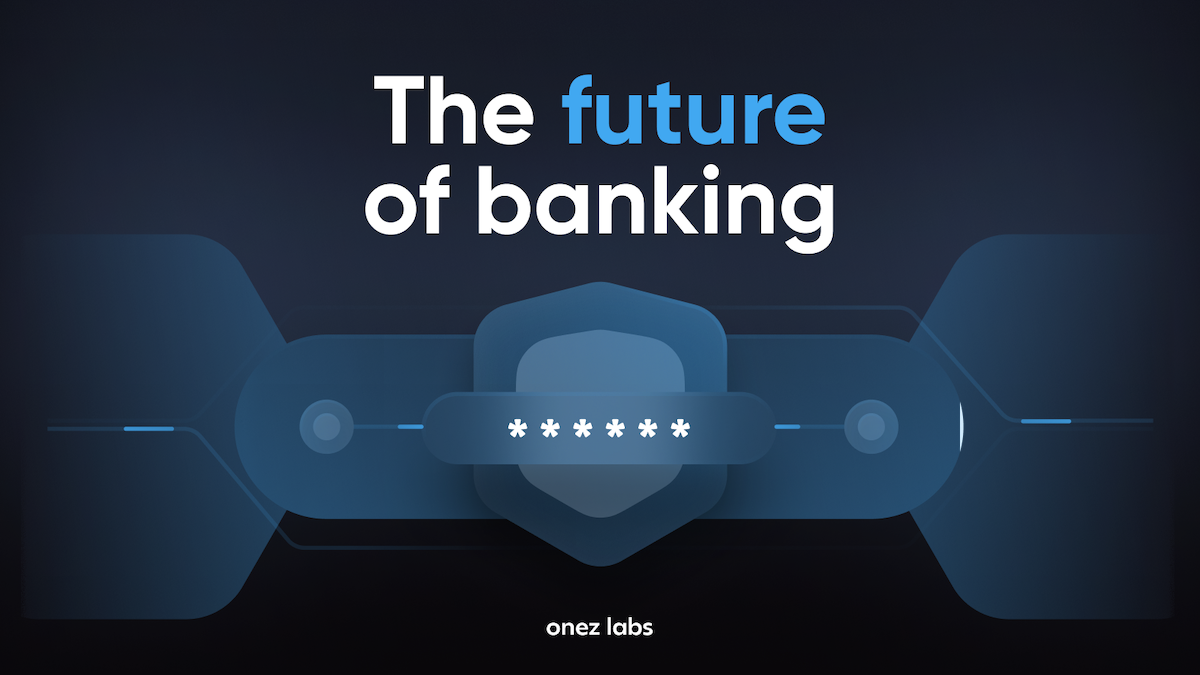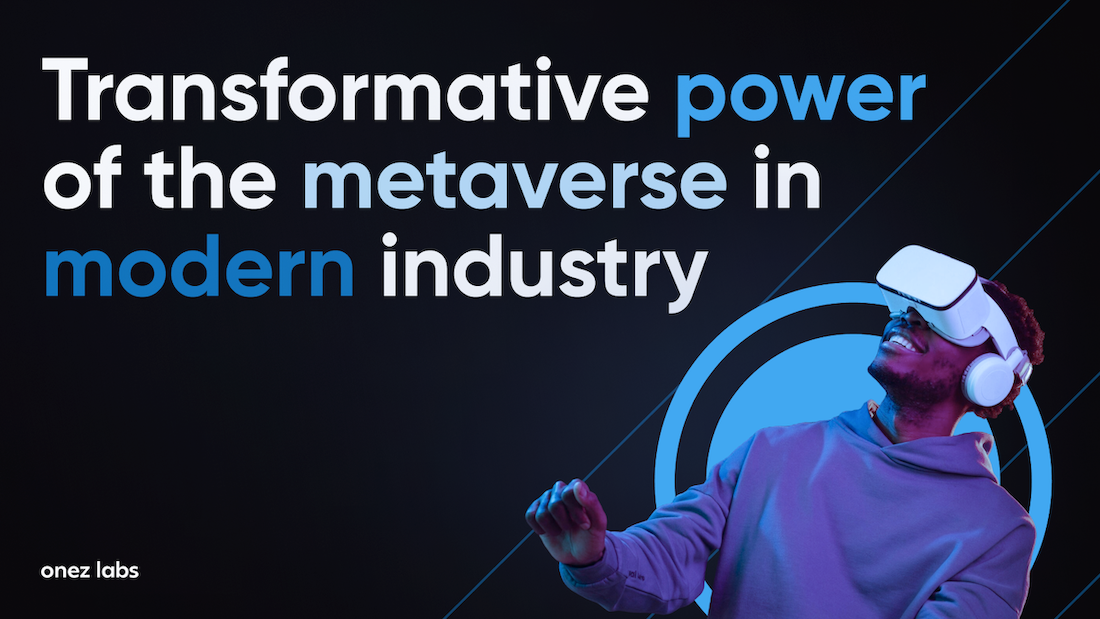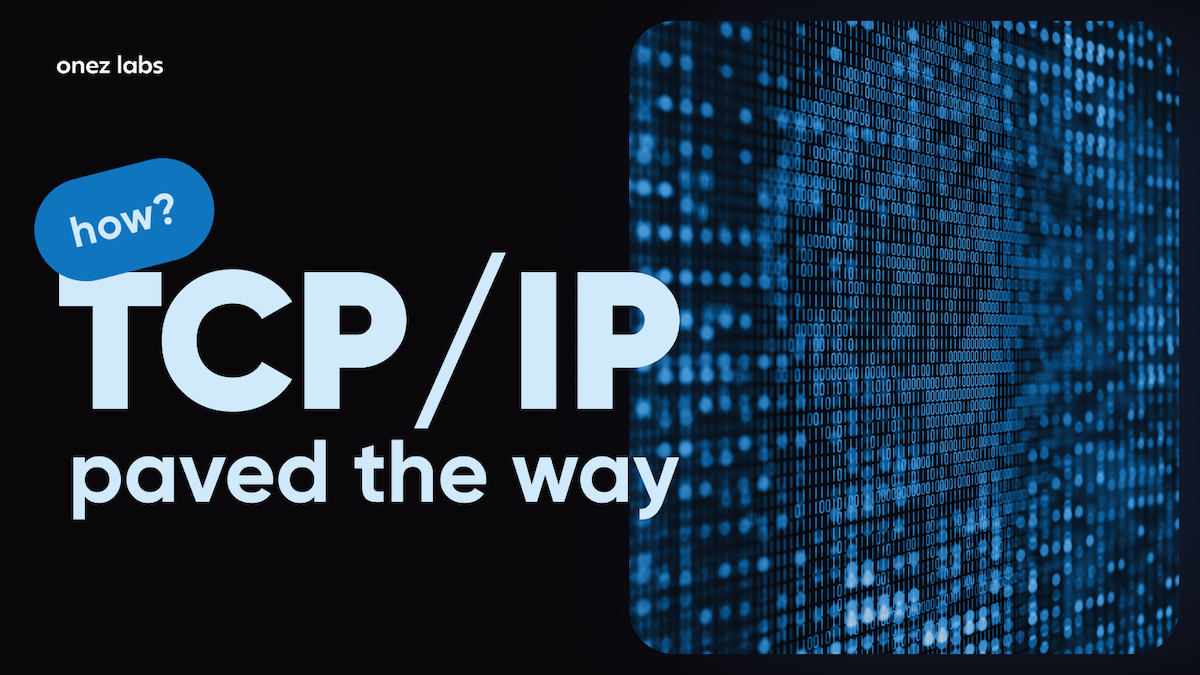Table of Contents
- Introduction
- Creating a Web3 App
- Cost factors in building Web3 Apps
- The viability of Web3 as an app
- Programming languages for Web3 development
- Onez’s optimization techniques for Web3 apps
- Impact of Onez’s techniques on app performance
- Conclusion
- Frequently Asked Questions (FAQs)
Introduction
Web3 app development has emerged as a cornerstone of innovation. This new wave, defined by decentralized applications (DApps) built on blockchain technology, is revolutionizing how users interact with the digital world. However, the development of Web3 apps presents unique challenges, especially in terms of performance optimization. Our team understands that the efficiency and speed of a Web3 app are crucial for user satisfaction and overall success. Hence, we have developed a range of optimization techniques that not only enhance app performance but also ensure robust, scalable, and user-friendly solutions.
Creating a Web3 App
The journey of creating a Web3 app begins with a clear understanding of its foundational elements. Web3 apps are primarily built on blockchain platforms like Ethereum, leveraging the decentralized, transparent, and secure nature of blockchain technology. The first step is conceptualizing the app’s purpose, whether it’s a decentralized finance (DeFi) platform, an NFT marketplace, or a DAO application.
Once the concept is established, the development phase begins. This involves choosing the right blockchain protocol, designing a user-friendly interface, and ensuring the app is scalable and secure. The choice of blockchain significantly impacts the app’s functionality, scalability, and cost. For example, Ethereum, known for its robust smart contract capabilities, is a popular choice for apps requiring complex functionalities. However, newer blockchains like Solana or Binance Smart Chain are considered for their higher throughput and lower transaction fees.
After selecting the blockchain, the development of smart contracts comes into play. These are self-executing contracts with the terms of the agreement directly written into lines of code. Smart contracts are the backbone of any Web3 app, automating transactions and ensuring trustless execution. The development of these contracts requires a high level of expertise in blockchain programming languages such as Solidity for Ethereum-based apps.
Next, the user interface (UI) and user experience (UX) design are critical. A Web3 app must not only be functional but also intuitive and engaging. This stage involves creating an interface that is easy to navigate and provides users with a seamless experience, whether they are seasoned crypto enthusiasts or new to the world of decentralized applications.
Finally, testing and deployment are crucial. Rigorous testing ensures that the app is free from vulnerabilities, bugs, and performance issues. Once tested, the app is deployed on the blockchain, making it accessible to users worldwide. The deployment also involves setting up cryptocurrency wallets for users to interact with the app, handling transactions, and managing digital assets.
Cost factors in building Web3 Apps
The cost of building a Web3 app is influenced by several factors, with the complexity of the app being a primary determinant. Simple applications, such as a basic voting DApp, might require less resources and time, thus being more cost-effective. In contrast, a complex DeFi platform with multiple smart contracts and intricate user interfaces would demand more development time and expertise, reflecting a higher cost.
Development resources are another significant cost factor. The choice of blockchain protocol can affect costs due to varying transaction fees and network congestion. For instance, building on Ethereum might incur higher costs due to its higher gas fees, while alternative chains like Binance Smart Chain might offer a more cost-effective solution.
Hiring skilled developers is also a substantial part of the budget. The specialized nature of blockchain technology and the relative novelty of Web3 development mean that experienced developers are in high demand, and their expertise comes at a premium. Additionally, the complexity of the project and the need for custom solutions can further increase development costs.
Testing and security audits are essential yet often overlooked cost factors. Ensuring that a Web3 app is secure and functions as intended requires thorough testing and professional audits, especially for apps handling financial transactions or personal data. These audits are crucial to prevent vulnerabilities that could lead to security breaches or loss of funds.
Lastly, marketing and user acquisition costs should not be underestimated. The success of a Web3 app depends not just on its technical prowess but also on its ability to attract and retain users. This requires investment in marketing strategies and user education, especially given the relatively nascent stage of Web3 technology adoption.
In summary, the cost of building a Web3 app varies widely, depending on its complexity, the resources needed, the expertise of the development team, and the efforts put into testing, security, and marketing. Our team aims to provide our clients with cost-effective solutions without compromising on quality or performance, leveraging our expertise to navigate these cost factors efficiently.
The viability of Web3 as an app
The viability of Web3 as an app format lies in its revolutionary approach to data ownership, transparency, and decentralization. Unlike traditional web applications, Web3 apps offer users complete control over their data, mitigating risks associated with data breaches and privacy concerns. This user-centric approach is particularly appealing in sectors like finance, where trust and security are paramount. Additionally, the decentralized nature of blockchain technology ensures that Web3 apps are not reliant on a single point of failure, enhancing their resilience and uptime.
Web3 applications also open new avenues for innovation in various industries. For example, in the art world, Web3 enables artists to monetize their work through NFTs, creating a direct link between creators and consumers. In finance, DeFi applications offer banking services without the need for traditional financial intermediaries, democratizing access to financial services. These applications are not only viable but are setting new standards for user interaction, data security, and accessibility.
However, challenges such as scalability, user experience, and regulatory compliance need to be addressed to fully realize the potential of Web3 apps. Scalability issues, such as network congestion and high transaction fees on platforms like Ethereum, can hinder performance. User experience in Web3 apps is often less intuitive than traditional applications, posing a barrier to widespread adoption. Regulatory uncertainties also present challenges, as the decentralized and global nature of blockchain technology does not fit neatly into existing legal frameworks.
In conclusion, while Web3 apps offer promising and innovative solutions, their viability hinges on overcoming these technical and regulatory challenges. We are committed to addressing these issues, developing scalable, user-friendly, and compliant Web3 apps.
Programming languages for Web3 development
Web3 app development requires a distinct set of programming languages and tools tailored to blockchain technology. The most widely used language is Solidity, specifically designed for developing smart contracts on Ethereum. Solidity’s syntax is similar to JavaScript and C++, making it accessible to developers familiar with these languages. Solidity is essential for creating the core logic of decentralized applications and implementing the functionalities of smart contracts.
Another important language is Vyper, an alternative to Solidity for Ethereum smart contract development. Vyper focuses on security and simplicity, with a syntax similar to Python. It’s designed to produce more transparent and understandable code, making it easier to audit and reducing the risk of vulnerabilities.
For the frontend development of Web3 apps, languages like JavaScript, along with frameworks like React or Vue.js, are commonly used. These technologies are employed to create user interfaces that interact with blockchain networks. JavaScript libraries like Web3.js and Ethers.js are integral in connecting the frontend of a Web3 app with the blockchain, facilitating transactions and interactions with smart contracts.
Rust is another language gaining traction in the Web3 space, especially with blockchain protocols that prioritize performance and security, like Solana and Polkadot. Rust offers memory safety and concurrency, which are crucial in the development of high-performance and secure blockchain applications.
Finally, Go (or Golang) is widely used in the development of blockchain protocols themselves. Its efficiency and scalability make it a preferred choice for building the underlying infrastructure of blockchain networks.
We employ a diverse set of programming languages and tools to ensure that our Web3 apps are not only functional and secure but also at the forefront of technological innovation. Our team’s expertise in these languages allows us to build robust and efficient Web3 applications, catering to the varied needs of our clients.
Onez’s optimization techniques for Web3 apps
Optimization in Web3 app development is crucial for enhancing performance and user experience. We employ several advanced techniques to optimize our Web3 applications. These techniques are designed to reduce latency, minimize transaction costs, and improve overall app responsiveness.
One key optimization strategy is efficient smart contract design. We optimize our smart contracts to reduce their computational complexity, which in turn minimizes the gas costs associated with transactions. This involves writing concise, well-structured code and avoiding unnecessary operations that increase transaction fees. Our developers use best practices in Solidity or Vyper to ensure that smart contracts are not only secure but also cost-efficient.
Another technique is the use of Layer 2 scaling solutions. These solutions, such as sidechains or rollups, are implemented to offload transactions from the main Ethereum chain, thereby reducing congestion and speeding up transaction processing times. This approach is particularly beneficial for applications that require high throughput or have a large number of microtransactions.
State channels are also utilized as part of our optimization strategy. State channels allow multiple transactions to be processed off-chain, with only the final state being recorded on the blockchain. This significantly reduces the load on the network and leads to faster and cheaper transactions.
Additionally, we focus on optimizing the frontend of Web3 apps. This involves ensuring that the app’s user interface is responsive and efficiently interacts with the blockchain. We use caching techniques to minimize data retrieval times and optimize API calls to the blockchain, ensuring
that data is quickly accessible to users. We leverage modern JavaScript frameworks and optimize the way our applications interact with Web3 providers, ensuring a smooth user experience.
Finally, we incorporate advanced cryptographic techniques to enhance security while maintaining performance. Cryptography not only secures transactions but also plays a vital role in optimizing various aspects of Web3 applications, such as identity verification and data encryption.
Through these strategies, we ensures that our Web3 apps are not just functional and secure, but also optimized for high performance, meeting the demanding standards of today’s decentralized application landscape.
Impact of Onez’s techniques on app performance
The impact of our optimization techniques on Web3 app performance is significant and multifaceted. By employing efficient smart contract design and Layer 2 solutions, we have been able to drastically reduce transaction costs and processing times. This not only makes our apps more economical for users but also enhances the overall user experience, as transactions are completed faster and more reliably.
The use of state channels has proven to be highly effective in our applications, particularly in scenarios where high transaction throughput is essential. By processing transactions off-chain and settling only the final state on the blockchain, we have achieved a balance between efficiency and security, offering our users a seamless experience without compromising the decentralized nature of the applications.
Frontend optimization has also played a crucial role in improving app responsiveness and usability. Our focus on efficient data retrieval and API interactions has resulted in smoother and more responsive applications, which is crucial in retaining user engagement in a competitive market.
Furthermore, the integration of advanced cryptographic techniques has not only bolstered security but also contributed to overall performance optimization. By securing data and transactions effectively, we have been able to streamline various processes within our apps, enhancing both their speed and reliability.
In conclusion, the application of these optimization techniques has had a profound impact on the performance of our Web3 applications. We continually strive to refine these techniques, ensuring that our applications are at the cutting edge of Web3 technology and offer the best possible experience to our users.
Conclusion
Our approach to Web3 app development is comprehensive, taking into account not only the technical aspects but also the overall user experience. We are dedicated to optimizing every layer of the application, including smart contracts and the user interface, which distinguishes us in the Web3 space.
Our experience has shown that optimization is not a one-time task, but an ongoing process. As the Web3 ecosystem evolves, so do the challenges and opportunities for optimization. We stay abreast of these changes, continually adapting and enhancing our techniques to ensure that our apps remain at the forefront of performance, security, and efficiency.
In closing, the journey of Web3 app development is as challenging as it is exciting. Through our dedicated efforts and continuous innovation at Onez.io, we aim to empower our clients with applications that are not only cutting-edge but also optimized for an unparalleled user experience. We believe that our expertise in optimizing Web3 apps is a critical component in the broader adoption and success of decentralized applications, paving the way for a more secure, transparent, and user-centric digital future.
Frequently Asked Questions (FAQs)
How long does it take to develop a Web3 app?
The development timeline depends on the complexity of the app and the specific requirements. Simple apps may take a few weeks, while more complex applications can take several months.
Can you integrate multiple blockchains into a single Web3 app?
Yes, we have expertise in integrating multiple blockchains into a single application, allowing for interoperability and enhanced functionality.
How do you ensure the security of Web3 apps?
We follow industry best practices for security, conduct thorough testing and code reviews, and perform security audits to identify and address vulnerabilities.
Can you optimize existing Web3 apps built by other developers?
Yes, we can assess your existing Web3 app and provide optimization recommendations based on our expertise and industry standards.
Do you provide ongoing support and maintenance for Web3 apps?
Yes, we offer ongoing support and maintenance services to ensure that your Web3 app continues to perform optimally and remains up-to-date with the latest technologies and security measures.



